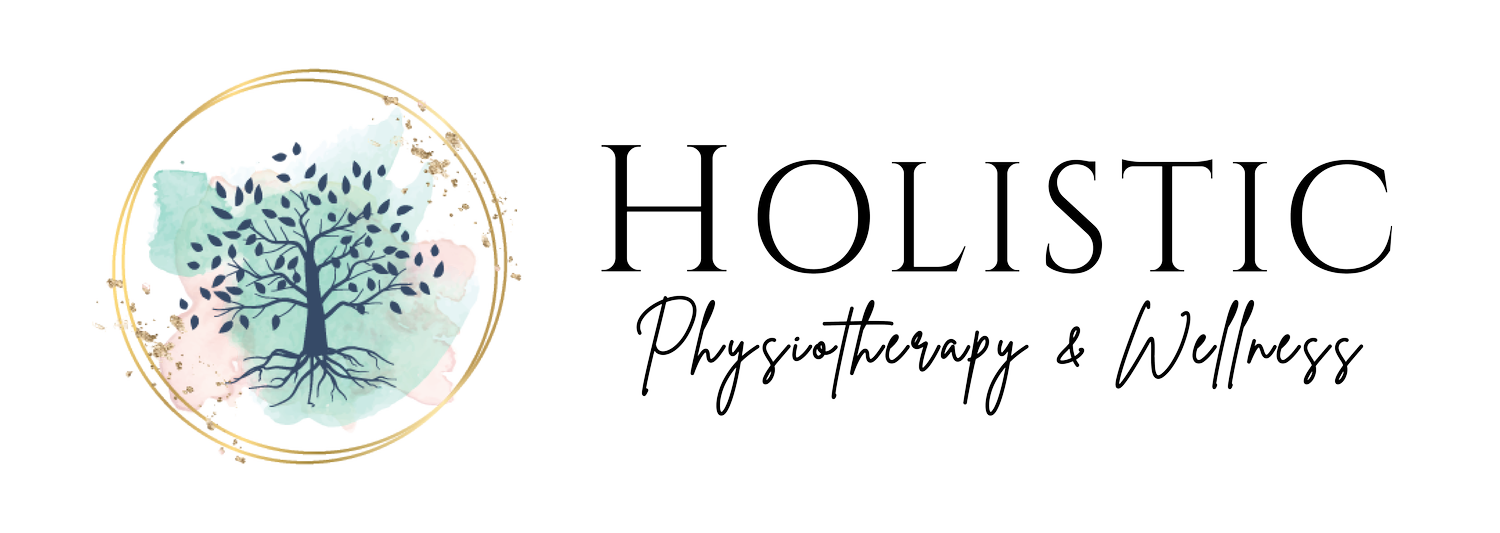Exploring Postmenopausal Osteoporosis
Written by Madolyn Linka | February 14, 2020
Osteoporosis is a disease that slowly and quietly deteriorates the bone density of our axial (spine, pelvis and hips) skeleton. It often causes low bone mass, which weakens the bone and increases the risk of fracture.
Postmenopausal osteoporosis is known as the most common type of osteoporosis and is thought to result from a decrease in estrogen and testosterone as we age. At this stage in life, bone loss occurs more rapidly as our sex hormones allow calcium to leak out of our bones at a higher rate, as estrogen/testosterone create a protective mechanism against bone loss overall. This disease is most common in individuals 50 years and older, but can occur at any time in life if there are unfavourable nutrition and exercise conditions.
The incidence is greater in women 3:1 and in men 8:1 worldwide. Often times if this condition is caught early on by the healthcare professionals it is called osteopenia, or the beginning signs of osteoporosis. Other factors that can contribute to the likelihood of developing osteoporosis are autoimmune diseases, malabsorption diseases, thyroid conditions, and prolonged glucocorticoid use. Early detection and diagnosis is crucial to proper management of the disease, allowing individuals to live healthy and thriving lives before they ever have a bone fracture, which is an indication that the disease is already quite advanced.
Prevention is KEY in postmenopausal osteoporosis management. It is essential to request a Bone Mineral Density Scan (DXA) if you have any risk factors, such as early onset of menopause, height loss, prolonged use of glucocortoids, or fragility fractures.
Here is a great ‘Know Your Risk’ assessment tool:
https://osteoporosis.ca/risk/?_ga=2.125096265.2112611379.1581526794-1509869362.1581526794#page-1
Other prevention pieces to the osteoporosis puzzle are adequate calcium & vitamin D intake, which we get from our diet. A healthy calcium intake is between 1200-1500mg/day and your vitamin D intake should be approximately 1000IU/day for an adult. Supplementation is an important component for management and prevention since we don’t always consume the same foods every day, meeting our thresholds for vitamin D and calcium intake.
The role of exercise is pivotal in keeping bone mineral density strong and resilient. Research tells us that weight-bearing exercise and walking are the best ways to prevent early onset of osteoporosis. Strengthening bone density means we need to exercise the muscle groups that pull on the bone to keep it challenged. Weight programs and high impact exercises are the best at increasing bone mineral density in relatively healthy populations. Exercise such as running, explosive movements, high intensity interval training, all have positive effects on bone density.
Take Home Points:
· Osteoporosis is preventable, even with age, gender and risk factors
· Calcium and vitamin D supplementation are important for maintaining healthy bones throughout your life
· Proper testing via DXA scans are key if you are premenopausal or have any risk factors after the age of 45 years
· High impact exercise and walking throughout your life are important for bone maintenance
Resources:
Vizniak, N. Evidence-Informed Spinal Manual 2nd Ed. 2014.
https://osteoporosis.ca/
https://pmj.bmj.com/content/postgradmedj/79/932/320.full.pdf


